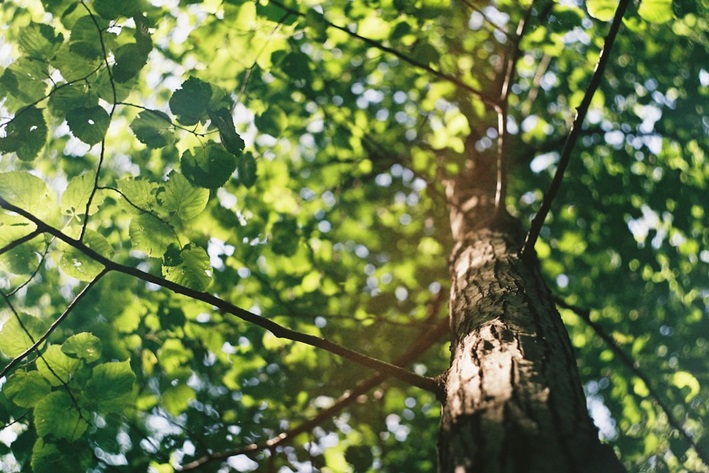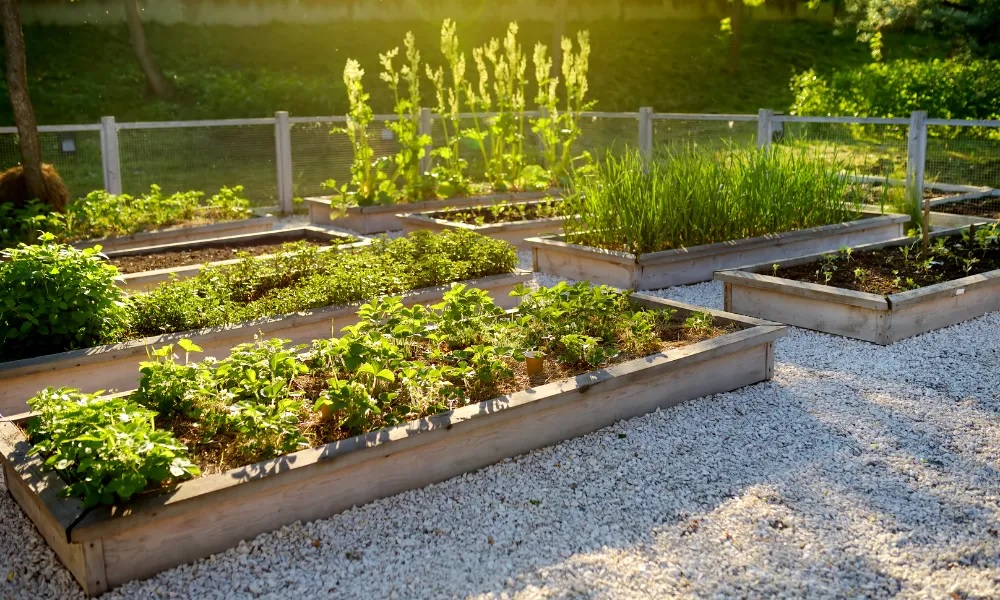Article at a Glance:
- Tree pruning is an important aspect of tree care, but it must be done properly to avoid negative effects.
- Hiring professional arborists, pruning trees at the right time, and using suitable pruning techniques are some ways to avoid the negative effects of tree pruning.
Tree pruning is the most common form of tree care in urban settlements like Melbourne. You can hire tree care agencies in Melbourne for affordable tree services because taking good care of trees is just as important as taking care of other home components. Tree pruning in Melbourne requires the expertise of an arborist who can remove dead and diseased branches, shape the trees, and reduce tree size based on your requirements. Improper tree pruning can lead to serious effects on your trees, property and surroundings, which are a must to avoid.
In this article, we discuss the negative effects of tree pruning and ways to avoid them.
Negative Effects of Tree Pruning
Stress on Trees: Tree pruning involves removing dying, dead, and diseased branches so the tree continues to grow healthy. Removing parts of trees causes stress on the tree, and when too many branches are removed, the tree can experience shock and even die. Moreover, pruning trees during the wrong season can cause excessive stress on the tree.
Stunted Growth: When branches of trees are removed, it drastically reduces the number of foliage on the tree. Trees require leaves for photosynthesis to produce food. When foliage is reduced, less food is produced, resulting in the stunted growth of trees.
Damage to the Bark and Trunk: Proper tree pruning techniques must be followed to reduce damage to the tree. Making unnecessary cuts or cuts too close to the trunk damages the bark and trunk of the tree. Those unnecessary cuts make trees vulnerable to pests and diseases, leading to further damage to the tree.
Increased Risk of Disease and Pests: During tree pruning, it is necessary to use a clean and sharp tool to avoid spreading disease. If the tools are not sterilised, they can transfer disease from one tree to another. Additionally, pruning cuts attract pests, increasing the risk of tree infections.
Reduced Lifespan of the Tree: When a tree is pruned too frequently or incorrectly, it leads to a reduced lifespan of trees. Trees depend on their leaves to produce food, and when too many branches are removed, trees are not able to produce enough food to help their growth. Additionally, damage to the bark and trunk makes trees susceptible to disease and pests, resulting in a reduced tree lifespan.
How to Avoid Negative Effects of Tree Pruning?
While tree pruning is essential to promote healthy growth in trees, the ugly side of tree pruning can degrade the status of trees. Homeowners must follow some common practices of proper tree maintenance to avoid the negative impacts of pruning on trees, such as hiring a professional arborist, using proper pruning techniques, using the right tools to prune trees, and choosing the right time to prune the trees.
Hire a Professional Arborist
Tree care requires niche expertise in this field to improve the status of the trees and keep the situation from exacerbating. Hiring a professional arborist is one of the steps homeowners should follow to avoid the negative effects of tree pruning. A professional arborist has all the necessities to operate on trees, such as proper training and experience in tree pruning, without causing any damage to the trees or the property. They can also identify potential threats to the trees and provide suitable recommendations on proper tree care.
While looking for tree pruning services in Melbourne, it is important to look for a reputable and experienced tree service company. Always hire a licensed and insured tree service company with certified arborists in the team. Be sure to do the proper search while looking for affordable tree services in Melbourne that also prioritise the health of the trees.
Use Proper Pruning Techniques
Having limited knowledge of tree care leads to more harm than good. Improper pruning techniques lead to tree damage, structural problems, or even result in the death of trees. Proper pruning techniques are critical to the job, such as removing only the dead or diseased branches, making cuts at the right location, and avoiding over-pruning.
Choose the Right Time to Prune
Trees experience stress when pruned at the wrong time or season, making them more susceptible to diseases. So, it is important to prune trees at the right time. Generally, the best time to prune trees is during the dormant season, like winter, when trees are not actively growing. However, removing dead and diseased parts of the trees can be done at any time of the year, but it is important to hire professionals to finish the job smoothly.
Use the Right Tools
Using the right tools also helps to avoid the negative effects of tree pruning. Using the wrong or blunt tools to prune trees makes them more susceptible to diseases. Using sharp and clean pruning tools, such as loppers, hand pruners, and pruning saws, while operating on trees is important.
Properly Care for the Tree after Pruning
You can do several things to improve the health of your trees after pruning, such as watering, mulching, and applying fertilisers. Trees lose stored energy during pruning, requiring excess energy to recover from the pruning shock. Watering and fertilising provide necessary nutrients for the trees for recovery and new growth. Also, you should monitor your trees for any signs of damage after pruning and address the issue as soon as possible.














